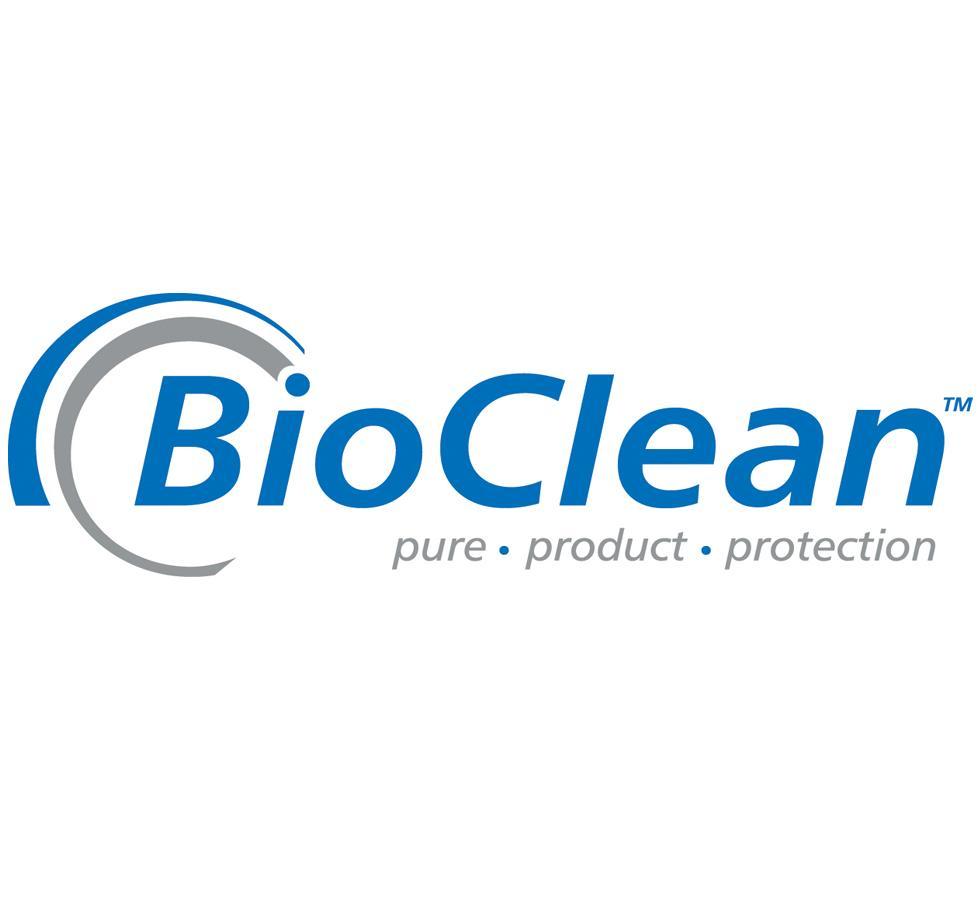Cleanroom gloves are designed to protect either products from contamination or the wearer from exposure to chemicals. Once the main reason for wearing the gloves is established, there are many other glove characteristics to be considered – the required tactility, dexterity, antistatic materials etc. In addition, glove length is a factor that is becoming increasingly important.
The popularity of longer length cleanroom gloves is a result of increased awareness and need for extra personal or product protection, along with a drive to cut costs and reduce environmental impact.
The traditional length of a glove used in a cleanroom is 300mm/12 inches (12”). However, when handling hazardous chemicals, such as chemotherapy drugs, the wearer should have the increased protection and reassurance from a glove that is 400mm/16” in length, ensuring the entire forearm up to the elbow is covered and protected from the risk of exposure to harmful chemicals.
Product protection is also of the utmost importance; coverage up to the elbow, with a beaded cuff for a more secure fit on the arm, means 400mm/16” gloves eliminate the risk of contamination from exposed skin between the gloves and the cleanroom garment. Using cleanroom gloves that are 33% longer than the industry standard removes the need for additional protective items such as sleeve-covers or the use of cuff tape, thereby saving costs and reducing waste, resulting in a positive impact on the environment.
Glove cleanliness and standards
To help with glove selection, glove manufacturers specify the cleanliness class for which the glove is suitable (as defined in EN ISO 14644-11) e.g. ISO Class 4, 5 or 6. Additionally, they use the protective glove standards EN 4202 to define dimensions, EN 3743,4,5 the number of pinholes allowable and the medical glove standard EN 4556 to define the glove strength as a basis for quality assurance and quality control in their factories.
Gloves chosen to protect the wearer from harmful chemicals are classed as Personal Protective Equipment (PPE) and are regulated under the European PPE Directive7 and its associated standards8. The harmonised standards covering gloves used for chemical protection are EN 420 and EN 374. Obviously such gloves must at the same time comply with cleanroom requirements.
Protective gloves (PPE) form a physical barrier between the wearer and the chemicals that they are handling and will remain effective until the barrier is broken. The barrier can be breached via one of two mechanisms; permeation or penetration.
Permeation is the process by which a chemical moves through a protective glove material on a molecular level, whereas penetration is the movement of a chemical and/or micro-organism through porous materials, seams, pinholes or other imperfections in a protective glove material on a non-molecular level. BioClean 400mm/16” gloves have been tested under EN 374-3 to assess how effective they are against specified chemicals. To be compliant in offering chemical protection, the glove under test must be graded as offering Level 2 protection or higher against at least three chemicals. The performance levels are defined by the time taken for the test chemical to permeate the test sample (see Table 1).
The BioClean range of 400mm/16” cleanroom gloves all meet the required protection Level 2 and are suitable for use within the pharmaceutical, life sciences and microelectronics industries, complying with the requirements of the glove standard EN 420, EN 374-1, 2 & 3:2003 and medical glove standard EN 455.
Available in latex and nitrile, sterile and non-sterile, the range offers extra protection while maintaining stringent product protection protocol. Written product specifications, test reports, advice and samples for BioClean 400mm/16” cleanroom gloves are available on request.
References
1. EN ISO 14644-1:1999, Cleanrooms and associated controlled environments, Classification of air cleanliness
2. EN 420: 2003 +A1: 2009, Protective gloves – General requirements and test methods
3. EN 374-1:2003 Protective gloves against chemicals and micro-organisms – Part 1: Terminology and performance requirements
4. EN 374-2: 2003 Protective gloves against chemicals and micro-organisms – Part 2: Determination of resistance to penetration
5. EN 374-2: 2003 Protective gloves against chemicals and micro-organisms – Part 3: Determination of resistance to permeation by chemicals
6. EN 455-2: 2009, Medical Gloves for single use – Part 2: requirements and testing for physical properties
7. 89/686/EEC, Council Directive on the approximation of the laws of the Member States relating to Personal Protective Equipment
8. Gloves as PPE: Standards for permeation and penetration, Derek Watts, Clean Air and Containment Review, Issue 2, April 2010
| Table 1: Permeation performance levels | |
| Measured Breakthrough Time | |
| Level 1 | Minimum 10 minutes |
| Level 2 | Minimum 30 minutes |
| Level 3 | Minimum 60 minutes |
| Level 4 | Minimum 120 minutes |
| Level 5 | Minimum 240 minutes |
| Level 6 | Minimum 480 minutes |
| Breakthrough of the test chemical is deemed to have occurred when the permeation rate has reached 1.0µg/cm2/min | |





